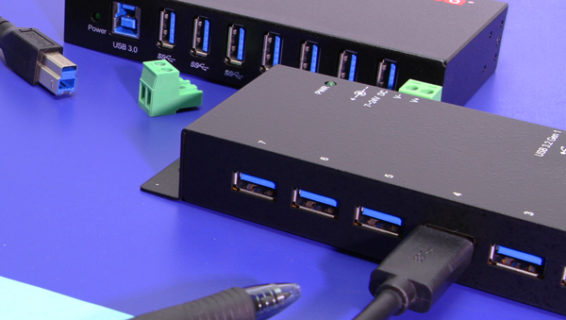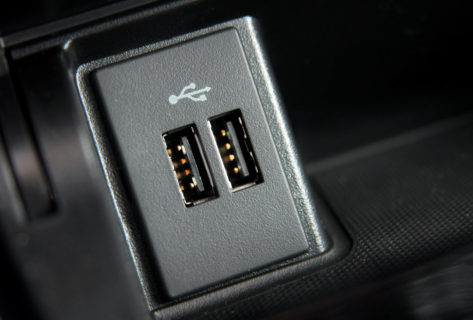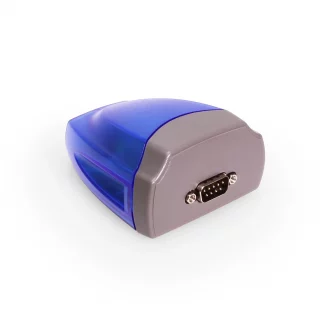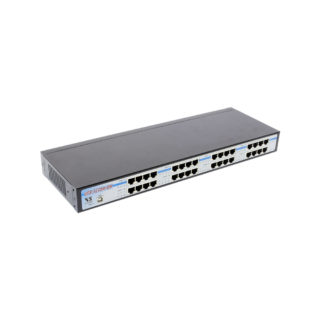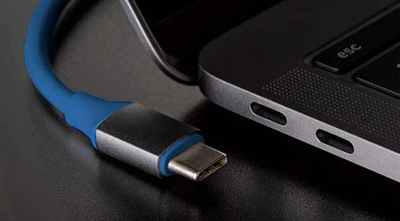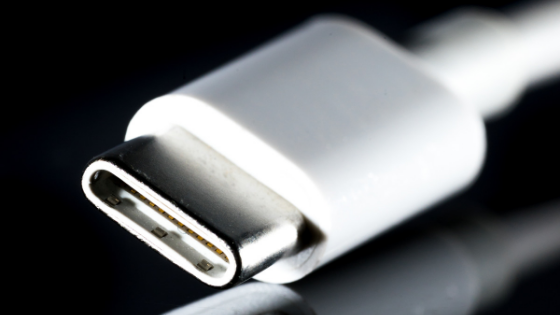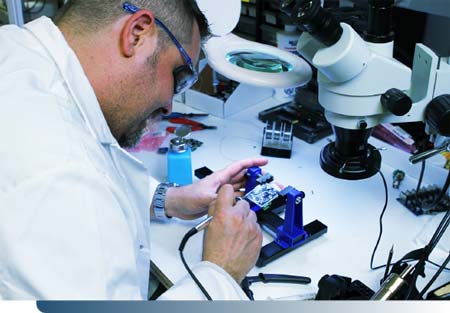3D printing is finally reaching that point where it’s common in an industrial sense, but it hasn’t quite become something a majority of households have access to. However, the technology is poised to be adopted on a much larger scale even than it already is, and to make inroads into a lot of areas that we don’t usually associate with it.
One of those areas is the medical field, which is likely going to step up its use of 3D printing as it becomes capable of doing more and more things.
Take a moment and picture a scenario where patients no longer have to wait for a transplanted organ. With 3D printing, this can be a reality.
In bioprinting, the 3D printer, or more accurately the bioprinter, creates human tissue by using ‘bio-ink’ which contains thousands of living cells. Medical researchers hope to use this technology to make transplant organs.
In theory, the process would start with taking tissue cultures from a patient; printing these cultures into the shape of the intended organ, then having the organ transplanted into the patient. Since the organ is made from the patient’s genetic matter, the chances of the body rejecting the organ greatly reduce.
As exciting as it sounds, 3D printed-organ transplants are still a thing of the future, but 3D printing is already being used in the field of medicine as we speak.
This technology is already seeing a lot of use in the medical field, and one of the primary areas it’s revolutionizing things is with prosthetics.
What 3D Printing Can Already Do
- Customized prosthetics
Organizations such as Enable have played a vital role. Organizations are now printing feet, legs, and splints for children. The increasing popularity of customized prosthetics is down to their costs and durability. In the past individual pieces would need to be hand-assembled based on the measurements of the user, but thanks to 3D printing and computer modeling a custom prosthetic can be printed out in a relatively short period of time once the measurements are typed in. This allows for fast, custom items to be made right onsite, and even though the modeling allows for near-infinite customization, these 3D printed prosthetics are only a fraction of the cost of more traditional models.
- Hearing aids
Today, most hearing aids are 3D printed with stereolithography technology, which offers many benefits. Although stereolithography doesn’t allow the use of more than one material for the device’s structure, multi-jetting makes it possible to simultaneously have a rigid interior and a soft coated exterior for comfort.
- Dental applications
Invisalign are custom-made aligners that represent an application of 3D printing in the dental field. The custom fit allows it to apply the right pressure on the teeth, moving them in the intended direction.
In addition to such helpful items, though, 3D printing has also been used to make implants, surgical tools, and other devices used in hospitals and at doctor’s offices. While it’s far from the industry standard, it is becoming more and more common.
Every day, 3D printing technology continues to find new application areas in medicine. These applications are sure to change how we look at medicine today.
What 3D Printing Will Be Able To Do
We have only touched the tip of the iceberg when it comes to 3D printing’s medical applications, according to The Medical Futurist.
These are some of the areas 3D printing is expected to have more impact on as time goes by:
1. Bioprinting
Picture a future where, if you needed a new heart or a kidney, doctors could take a small sample of your own genetic material and make you one in a matter of a few days, or even a few hours. A future where skin grafts could easily be made from the patient’s own skin, or where we could copy and paste stem cells in order to use them for whatever applications were necessary at that moment.
Though the printing of 3D organs is still in its early stages, some doctors believe that it will be possible to have 3D printed tissue structures capable of performing the functions of an organ, making some transplants unnecessary.
The major obstacle of having a 3D printed organ, however, is the rate at which cells die. The key to this is devising a way to keep the cells alive while the organ is being printed. For now, the focus is on how to bind together printed organoids, to have them function like an organ.
2. Printed pills
On more than one occasion, doctors tend to prescribe various pills to treat particular ailments, but imagine if you only needed one pill.
The precision of 3D printing makes it possible to have a pill designed to contain several drugs, each with corresponding release times. Already, a ‘polypill’ which contains three different drugs is being used to cater for patients suffering from diabetes and hypertension.
3. Surgery rehearsals
The use of 3D printed models to rehearse surgery procedures can shorten the time taken to conduct operations while minimizing patient trauma.
4. Localized production
Imagine if a pharmacy didn’t have shelves full of specific drugs. Instead, they had a device that automatically mixed up prescriptions from a pool of general molecules, allowing them to make what people needed when they needed it?
The custom made nature of the products printed through 3D printing will promote localized production. Digital files of drug designs will take the place of warehouses packed with boxes of medicine. These files will be available for download by hospitals allowing them to print the drugs using the locally stored raw materials.
As long as the hospital has access to the devices and raw materials, medicine can be made more readily available.
The challenge this introduces is how to ensure quality control of the printed drugs; shifting responsibility from suppliers to the location the drugs are being made.
The advancements made in 3D printing technology presents a future that could make it possible to print whatever we can dream of. All of this, and more, has the potential to be our new reality in the next few years.
The beauty of 3D printing is two-fold when it comes to the medical field. On the one hand, it decentralizes manufacturing, allowing hospitals, clinics, and in some cases even the patients themselves, to make what they need onsite in a relatively short period of time. This means there’s less need to stock things, there’s no need for transportation, and it greatly reduces the costs for manufacturing items. On the other hand, though, 3D printing allows for the unique manufacturing of new medical technologies that can be produced on a larger scale. From making copies of human organs, to creating fully-functioning teeth ready to replace any damaged ones that you have, this technology makes all sorts of things possible that would once have been found only in the pages of science fiction.
Which of these possibilities are going to be further explored, and which of them will come first, is impossible to say at the moment. However, as 3D printers become more accessible to smaller practices, and to individual’s homes, we are going to be able to make more and more things on-demand as we need them. And that will lead to a medical revolution.
Our products are currently being used to drive some of the leading tech on the market. If you’re working on new and exciting advancements in medical technology we’d love to help! Get in touch with one of our product specialists today!



